
The Agile Manifesto - Principle #8
Last updated: July 27, 2024 Read in fullscreen view
- 01 Aug 2024
 The Standish Group report 83.9% of IT projects partially or completely fail 192/1824
The Standish Group report 83.9% of IT projects partially or completely fail 192/1824 - 13 Apr 2024
 Lessons on Teamwork and Leadership from Chinese story book "Journey to the West" 50/966
Lessons on Teamwork and Leadership from Chinese story book "Journey to the West" 50/966 - 15 Feb 2024
 What is a Cut-Over in Software Development? 44/1211
What is a Cut-Over in Software Development? 44/1211 - 10 Apr 2022
 Agile self-organizing teams: What are they? How do they work? 31/448
Agile self-organizing teams: What are they? How do they work? 31/448 - 02 Nov 2023
 Differences between software walkthrough, review, and inspection 28/2017
Differences between software walkthrough, review, and inspection 28/2017 - 02 Nov 2021
 What is Terms of Reference (ToR)? 26/1478
What is Terms of Reference (ToR)? 26/1478 - 21 May 2022
 "Fail Fast, Fail Often, Fail Forward" is the answer to Agile practices of software success 22/955
"Fail Fast, Fail Often, Fail Forward" is the answer to Agile practices of software success 22/955 - 03 Apr 2022
 Microsoft Solutions Framework (MSF) 15/1173
Microsoft Solutions Framework (MSF) 15/1173 - 05 Feb 2024
 Bespoke Solution: Visitor Management System for Corporate 12/231
Bespoke Solution: Visitor Management System for Corporate 12/231 - 18 Dec 2023
 The Cone of Uncertainty in Scrum & Requirement Definition 9/652
The Cone of Uncertainty in Scrum & Requirement Definition 9/652 - 18 Oct 2021
 Key Elements to Ramping Up a Large Team 8/1118
Key Elements to Ramping Up a Large Team 8/1118 - 20 Nov 2022
 Agile working method in software and football 7/327
Agile working method in software and football 7/327 - 01 Feb 2024
 How long does it take to develop software? 7/212
How long does it take to develop software? 7/212 - 27 Oct 2020
 8 principles of Agile Testing 5/1214
8 principles of Agile Testing 5/1214 - 20 Jul 2022
 Software Myths and Realities 5/810
Software Myths and Realities 5/810 - 14 Jun 2022
 Example and Excel template of a RACI chart in Software Development 4/718
Example and Excel template of a RACI chart in Software Development 4/718 - 07 Oct 2020
 How To Manage Expectations at Work (and Why It's Important) 4/276
How To Manage Expectations at Work (and Why It's Important) 4/276 - 15 May 2022
 20 Common Mistakes Made by New or Inexperienced Project Managers 3/252
20 Common Mistakes Made by New or Inexperienced Project Managers 3/252 - 07 Jul 2022
 Managing Project Execution Terms 3/381
Managing Project Execution Terms 3/381 - 02 May 2022
 What Is RAID in Project Management? (With Pros and Cons) 3/742
What Is RAID in Project Management? (With Pros and Cons) 3/742 - 02 May 2022
 What Is RAID in Project Management? (With Pros and Cons) 3/742
What Is RAID in Project Management? (With Pros and Cons) 3/742 - 12 Aug 2022
 What is End-to-end project management? 3/386
What is End-to-end project management? 3/386 - 24 Nov 2023
 The project management paradox: Achieving MORE by doing LESS 3/195
The project management paradox: Achieving MORE by doing LESS 3/195 - 05 Jun 2023
 Fractional, Part-Time (virtual) or Interim CTO: Who Will Cover Your Business Needs? 3/113
Fractional, Part-Time (virtual) or Interim CTO: Who Will Cover Your Business Needs? 3/113 - 04 Mar 2023
 [Medium] Box-Ticking: The Management Strategy That’s Killing your Productivity 3/523
[Medium] Box-Ticking: The Management Strategy That’s Killing your Productivity 3/523 - 26 Sep 2024
 Successful Project Management Techniques You Need to Look Out For 3/372
Successful Project Management Techniques You Need to Look Out For 3/372 - 10 Apr 2024
 The Parking Lot Method: Unlocking a Simple Secret to Supercharge Your Productivity 3/407
The Parking Lot Method: Unlocking a Simple Secret to Supercharge Your Productivity 3/407 - 03 Jul 2022
 Manifesto for Agile Software Development 3/243
Manifesto for Agile Software Development 3/243 - 21 Jun 2024
 Dead Horses and the Escalation of Commitment 2/126
Dead Horses and the Escalation of Commitment 2/126 - 21 Oct 2025
 Cloud-Native Development: Why It’s the Future of Enterprise IT 2/47
Cloud-Native Development: Why It’s the Future of Enterprise IT 2/47 - 27 Jan 2020
 Should a project manager push developers to work more hours due to mistakes of manager schedule setting? 2/414
Should a project manager push developers to work more hours due to mistakes of manager schedule setting? 2/414 - 22 May 2022
 What are common mistakes that new or inexperienced managers make? 1/246
What are common mistakes that new or inexperienced managers make? 1/246 - 07 Dec 2023
 12 project management myths to avoid 1/170
12 project management myths to avoid 1/170 - 01 Dec 2022
 Difference between Set-based development and Point-based development 1/301
Difference between Set-based development and Point-based development 1/301 - 01 Mar 2024
 10 Project Management Myths 1/125
10 Project Management Myths 1/125 - 23 Jun 2024
 Best Practices for Managing Project Escalations /186
Best Practices for Managing Project Escalations /186 - 05 Jun 2023
 Bespoke Solution: Annual Maintenance Contract (AMC) Software /179
Bespoke Solution: Annual Maintenance Contract (AMC) Software /179 - 01 Aug 2022
 Is planning "set it and forget it" or "set it and check it"? /265
Is planning "set it and forget it" or "set it and check it"? /265 - 02 Jun 2024
 Reviving Ancient Wisdom: The Spiritual Side of Project Management /205
Reviving Ancient Wisdom: The Spiritual Side of Project Management /205 - 06 Jun 2022
 Change Management at the Project Level /293
Change Management at the Project Level /293 - 28 Nov 2023
 Scrum Team Failure — Scrum Anti-Patterns Taxonomy (3) /231
Scrum Team Failure — Scrum Anti-Patterns Taxonomy (3) /231 - 30 Nov 2023
 Project Managers, Focus on Outcomes — Not Deliverables /143
Project Managers, Focus on Outcomes — Not Deliverables /143 - 01 Mar 2022
 Why Does Scrum Fail in Large Companies? /245
Why Does Scrum Fail in Large Companies? /245 - 02 Nov 2022
 Difference between Change Management and Project Management /218
Difference between Change Management and Project Management /218 - 09 May 2022
 Build one to throw away vs Second-system effect: What are differences? /299
Build one to throw away vs Second-system effect: What are differences? /299 - 10 May 2022
 Levels of Teamwork /181
Levels of Teamwork /181 - 03 Jan 2023
 Organizing your agile teams? Think about M.A.T (Mastery, Autonomy, Purpose) /338
Organizing your agile teams? Think about M.A.T (Mastery, Autonomy, Purpose) /338 - 02 Nov 2022
 Frequently Asked Questions about Agile and Scrum /375
Frequently Asked Questions about Agile and Scrum /375 - 16 Jul 2022
 What are disadvantages of Agile Methodology? How to mitigate the disadvantages ? /356
What are disadvantages of Agile Methodology? How to mitigate the disadvantages ? /356 - 01 Jun 2022
 How Your Agile Development Team is Just Like a Football Team? /209
How Your Agile Development Team is Just Like a Football Team? /209 - 02 Dec 2021
 3 Ways to Avoid Scope Creep in IT Consulting /193
3 Ways to Avoid Scope Creep in IT Consulting /193 - 17 Oct 2021
 Does Fast Tracking increase project cost? /350
Does Fast Tracking increase project cost? /350 - 21 Oct 2022
 Virtual meeting - How does TIGO save cost, reduce complexity and improve quality by remote communication? /169
Virtual meeting - How does TIGO save cost, reduce complexity and improve quality by remote communication? /169 - 13 Jan 2020
 Quiz: Test your understanding project cost management /570
Quiz: Test your understanding project cost management /570 - 09 Oct 2022
 Key Advantages and Disadvantages of Agile Methodology /668
Key Advantages and Disadvantages of Agile Methodology /668 - 10 Oct 2022
 Should Your Business Go Agile? (Infographic) /112
Should Your Business Go Agile? (Infographic) /112
The Agile Manifesto was written in 2001, by seventeen independently minded software practitioners. While the participants did not often agree on what the future of software development looked like, they found consensus around four core values and 12 principles. Each of these continue to drive conversations on how we should interpret them today. One principle which I feel embodies the originators intents and needs no change today is Principle #8: “Agile processes promote sustainable development. The sponsors, developers, and users should be able to maintain a constant pace indefinitely”. However, unlike its original intent, this doesn’t simply apply to software, rather all development efforts following agile processes.
Learn more: Manifesto for Agile Software Development
By now the seeds of change are planted and you have begun to understand the different agile processes and what they can bring to your organization. Effectively and efficiently implementing good agile practices is the root of this principle. Continuous analysis and improvement is what will bring long-lived organizational changes that continue to thrive and grow into bigger, better, faster, and most importantly sustainable enterprises.
Sustainable Development
Just as it is with the earth’s resources, sustainability is about the ability to maintain progress over an ever-lasting period. Managing resources and the pace of that progress is a challenging proposition. Too slow, and we fall behind and suffer. Too fast, and our resources become exhausted. Balancing speed of progress with sustainable practices is what this principle is all about.
Team Building Game - Tie Run
Testing the synchronization and support of the team members, Tie Run is where the entire team works hand-in-hand (foot-in-foot) to reach a common goal. A fun way to get the entire team working in coordination and a hilarious, bonding activity, Tie Run is a great favorite among participants!
Often, poorly managed organizations stress teams to their limits with expectations of long hours, big pushes, and heroic efforts to complete a product within a specified time. These efforts, as you may know, while commendable, are not sustainable. We can’t and shouldn’t constantly stress our employees to their limits, rather we should look to provide just enough stress to encourage and promote growth. Teams should work in an environment where they experience pressures that they can handle indefinitely and are stretched only on occasion when extenuating circumstances force heroic efforts.
The Sponsors, Developers, and Users
It is very important that we understand the entirety of the team involved in the development of the product. They should be identified early and work together from the first day of the project. Sponsors help us understand the expectations from a business point of view while ensuring we have the resources necessary to complete the work. Developers build the products and then demonstrate them to the Users, who then provide valuable feedback the team can take back and implement. Effective communication helps everyone avoid wasting resources building the wrong thing.
As everyone works closely together, challenges and impediments are quickly resolved, communication and transparency are in the forefront, and expectations remain manageable. As everyone remains well aligned, the pace of production can remain constant and at a manageable, consumable, and sustainable pace for everyone involved.
Maintaining a Constant Pace Indefinitely
Instead of looking at development as a sprint (as its commonly referred to in Scrum), look at it as a marathon. Take an iterative approach to establishing a reasonable velocity (team accomplishment) and pace (individual effort) that prevents the exhaustion of resources and can be sustained indefinitely.
You may recall working on products in your past that started relaxed (deadline being months in the future) yet you / your team ended up working long hours and weekends finishing and fixing the product to deliver the expected result. During these situations, frustration rises and concentration lags, often leading to additional quality concerns and even more rework. We can learn from this experience though. The right way to increase velocity is not by working harder but by having the team work smarter at a constant pace. Working harder isn’t sustainable whereas working smarter creates efficiencies that increase velocity over time.
So look to eliminate processes that are unnecessary and add processes that increase velocity or remove impediments to the team’s productivity. Provide teams with the right environment - one without distractions that interrupt productivity. Make sure they have the right tools and access to those tools. Communicate regularly and provide constructive feedback on the progress of the product. Iteratively retrospect and incorporate improvements into the processes and practices of the team. In doing so, teams will be able to maintain a constant pace indefinitely and gradually increase productivity and quality over time.
Summary
Using agile processes provides for the flexibility to shift quickly and adapt to changing circumstances. When we understand our true capacity, plan to that, and not overwhelm ourselves with expectations that stretch us out and stress us to our limits, we build agility in. As developers become more predictable in their delivery, everyone from team members through to the organization’s customers can set more realistic expectations. These expectations are what provide for a more sustainable and maintainable pace of delivery.



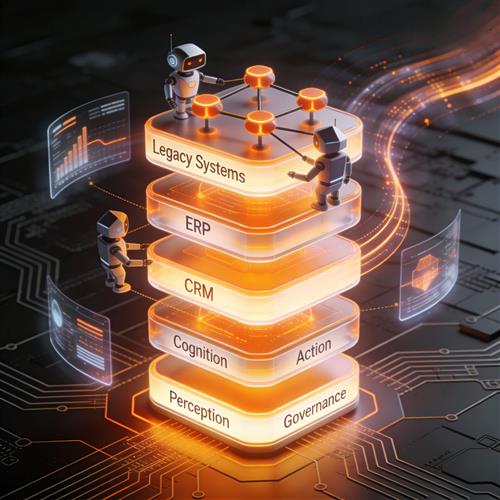

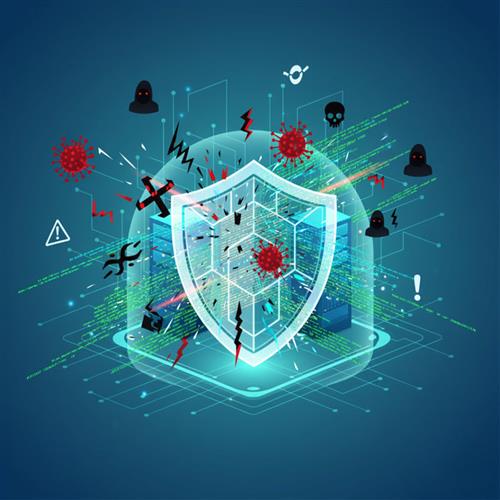
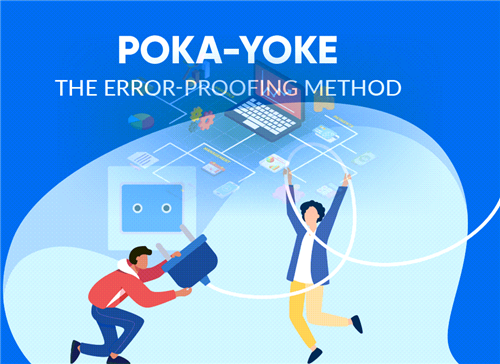
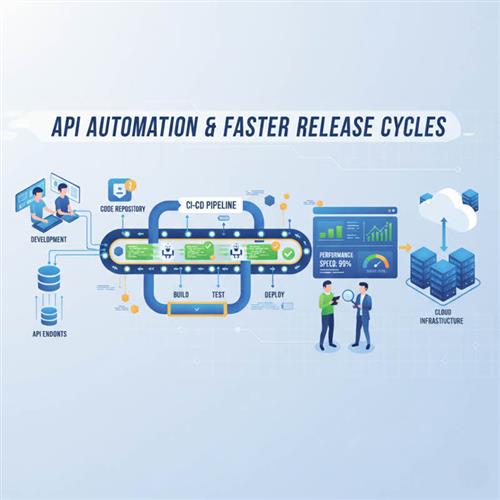
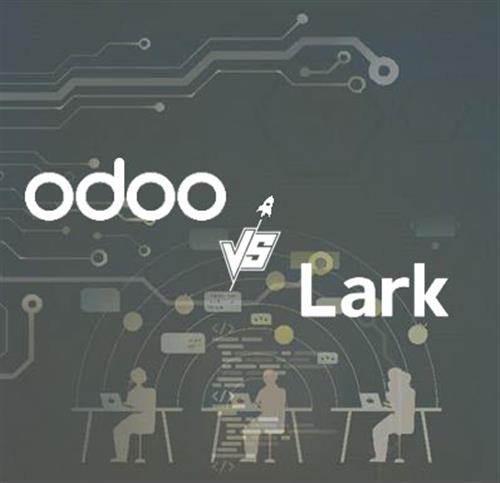
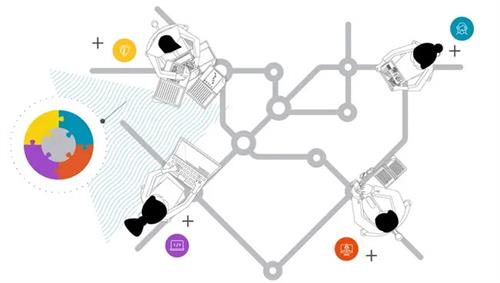

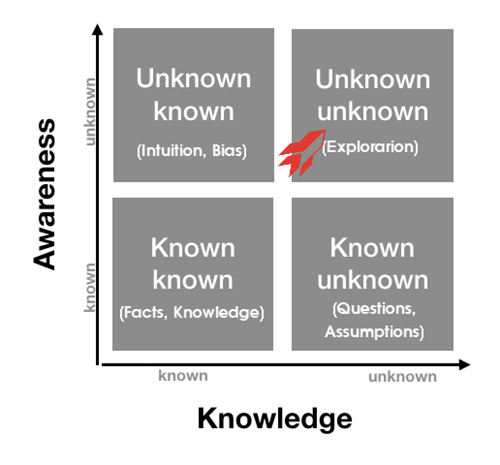


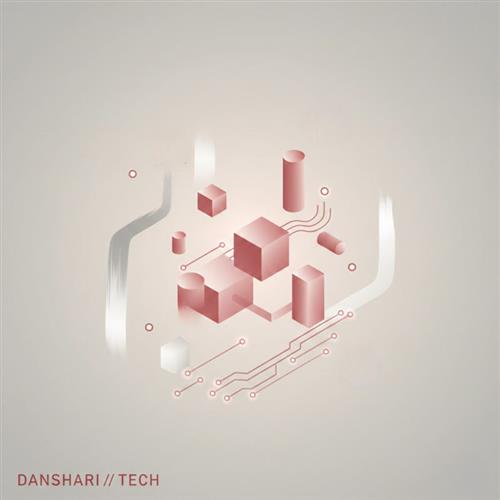
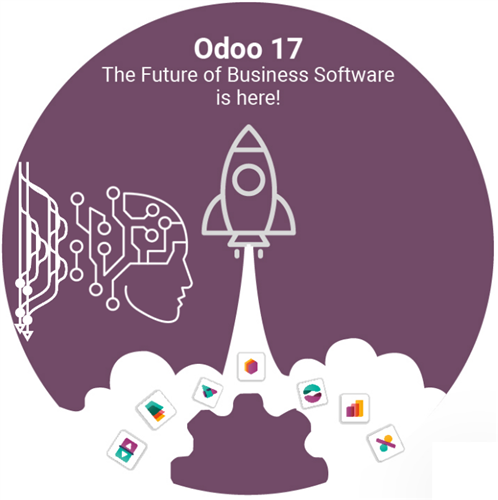



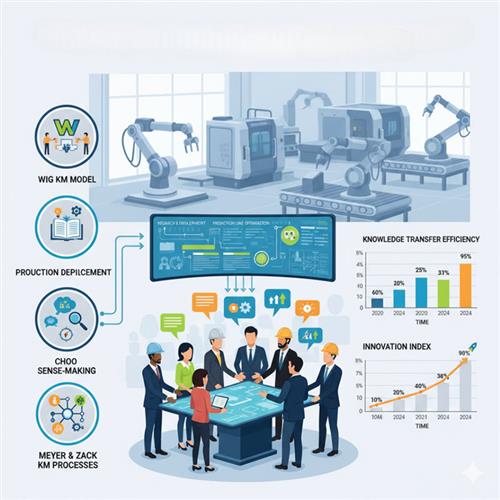
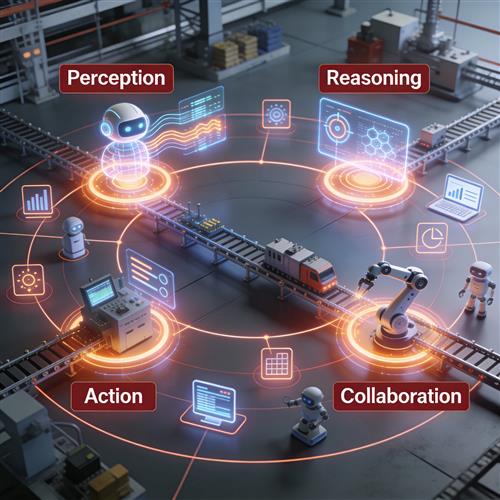













 Link copied!
Link copied!
 Recently Updated News
Recently Updated News